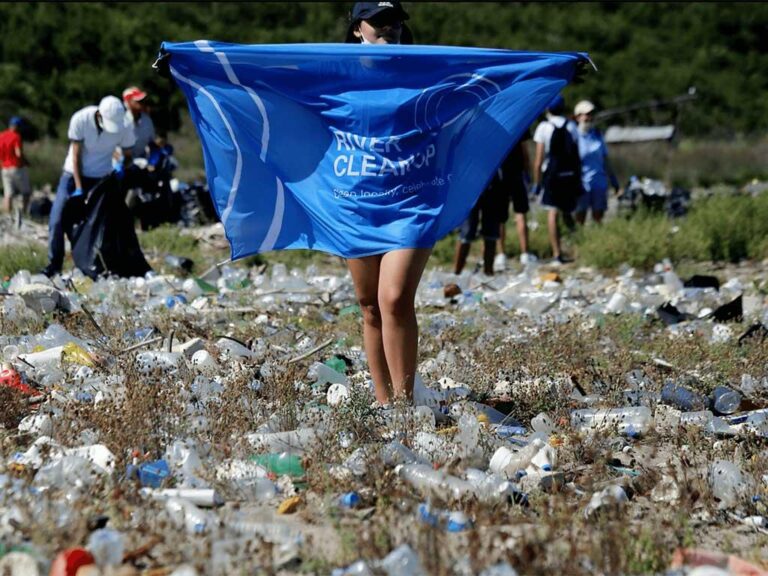Introduction to River Cleanups
The rivers of India are vital to the culture, economy, and ecology of the nation. However, they are increasingly threatened by pollution and waste. Programs driving river cleanups are essential to restore these invaluable natural resources.
Government Initiatives
NAMAMI GANGE Programme
One of the flagship programs in India is the NAMAMI GANGE initiative. This government project focuses on cleaning and rejuvenating the Ganga River. Through integrated efforts, it aims to reduce pollution and promote sustainable development along the riverbanks.
National River Conservation Plan
Another significant government initiative is the National River Conservation Plan (NRCP). Launched to address pollution in various rivers, this plan aims to improve water quality through sewage treatment and riverbank development. By involving local communities, it encourages collective responsibility for river health.
Community-Led Efforts
Local NGOs and Community Organizations
Non-Governmental Organizations (NGOs) play a crucial role in river cleanup efforts. Many local groups work with communities to organize cleanup drives, awareness programs, and restoration projects. These efforts not only clean the rivers but also educate the public about the importance of maintaining a clean environment.
Volunteer Initiatives
Volunteer-led initiatives are instrumental in driving community participation. Programs encourage citizens to engage in river cleanups, fostering a sense of ownership and responsibility towards their local waterways. These grassroots movements have proven effective in mobilizing volunteers and collecting waste from rivers.
Technological Innovations
Use of Advanced Equipment
Innovative technology is also aiding river cleanup efforts in India. The use of drones and specialized boats helps monitor river cleanliness and remove waste efficiently. By integrating technology into these programs, organizations can enhance their cleanup processes significantly.
Data-Driven Approaches
Data analysis plays a vital role in shaping cleanup strategies. Collecting and analyzing data on pollution levels helps target specific areas for cleanup. This data-driven approach ensures that resources are allocated effectively for maximum impact.
Impact on Communities
Health and Well-being Benefits
Clean rivers enhance the quality of life for nearby communities. Improved water quality leads to better health outcomes, especially for those relying on rivers for drinking water. By engaging communities in cleanup efforts, public health and environmental literacy are significantly improved.
Economic Opportunities
River cleanups also create economic benefits. A cleaner environment attracts tourism and promotes fishery activities, creating livelihoods for local people. As communities recognize the economic impact of clean rivers, they become more invested in preservation efforts.
Conclusion
the diverse programs driving river cleanups in India showcase collective efforts toward environmental restoration. From government initiatives to community involvement and technological advances, each plays a pivotal role in preserving this precious resource. Learn more about how these programs are transforming the river landscapes in India. Only through continued awareness and action can we hope to secure the future of our rivers.

